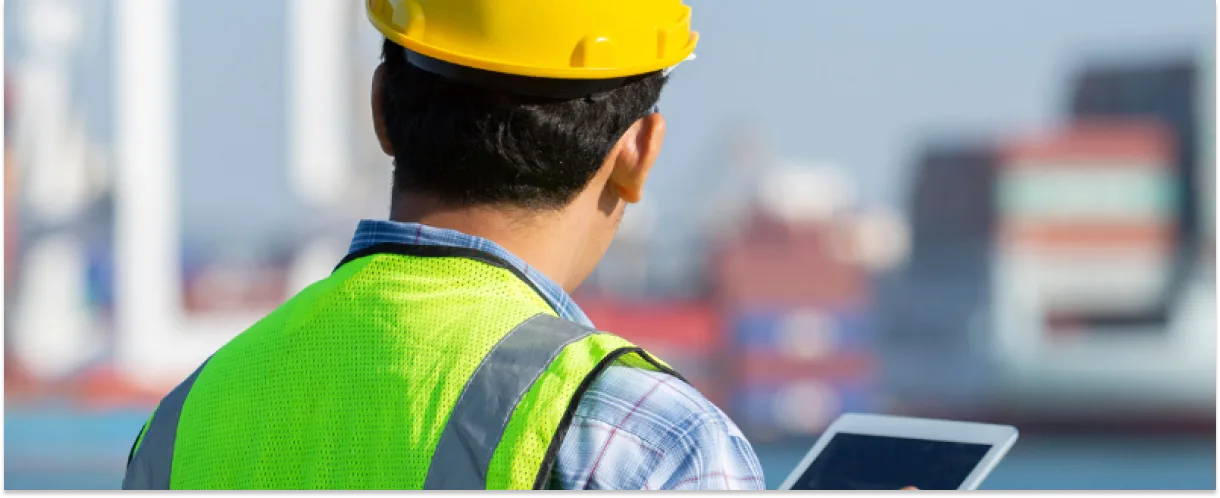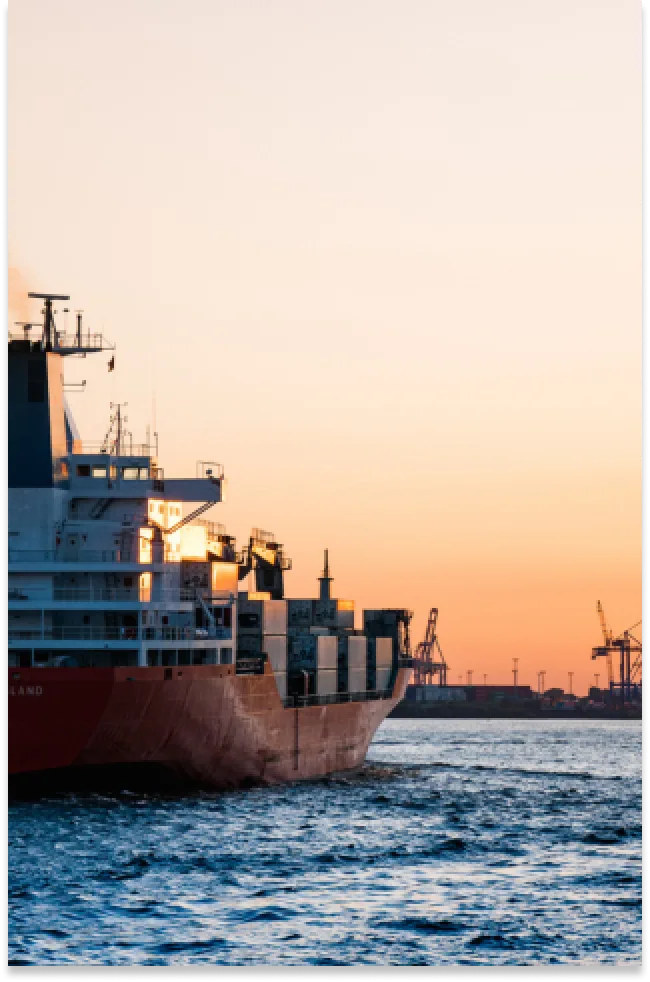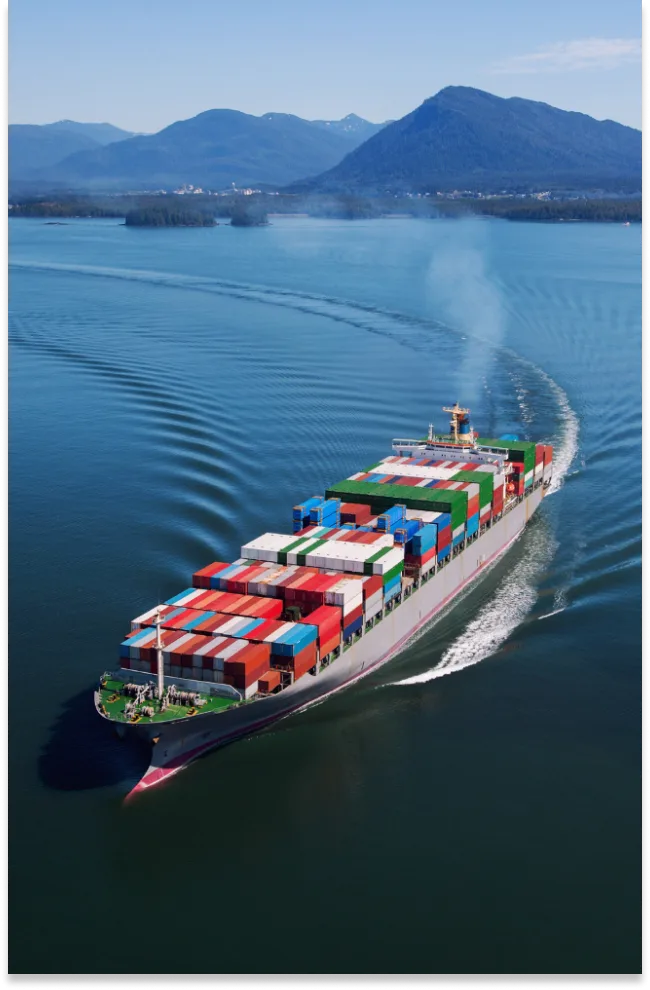Introduction to FuelEU
The European Union (EU) recently implemented regulations for the shipping industry under the FuelEU Maritime initiative, which will take effect on January 1, 2025. This regulation aims to reduce the EU’s net greenhouse gas (GHG) emissions by 55 percent by 2030 via renewable energy and low-carbon fuels. FuelEU sets well-to-wake GHG intensity requirements, requires shore power in EU ports, and incentivizes renewable and sustainable fuels.
As with any new strict regulations imposed on the maritime industry, these regulations have various challenges. One major issue is inaccurate, untimely, and unreliable data gathering, which has consequences including increased penalties. Fortunately, SailPlan’s real-time emissions monitoring technology is equipped to support shipping companies that have to comply with FuelEU. For example, SailPlan’s real-time emissions and fuel monitoring system automatically records and reports accurate data while offering strategies to improve carbon intensity.
This guide will provide an overview of these regulations, examine challenges, and explain how SailPlan can help the shipping industry navigate and comply with them.
Overview of Regulations
FuelEU Maritime Initiative requires vessels over 5,000GT that call to EU ports to comply with carbon intensity regulations. These regulations include ensuring the carbon intensity of the vessel’s annual fuel mix is below a defined threshold. The GHG intensity is measured on a well-to-wake (WtW) basis, which includes emissions generated from the extraction, cultivation, and transportation of fuel and emissions generated during fuel combustion.
The FuelEU Maritime regulation sets binding targets for reducing the energy intensity on board ships. The GHG intensity threshold is subject to a percentage reduction based on the average energy used onboard in 2020. The targets aim for a 2% reduction by 2025, escalating to a 6% reduction by 2030, 13% by 2035, 26% by 2040, 59% by 2045, and 75% by 2050 (see graph 1).
Graph 1: FuelEU’s target GHG intensity index (base is 100%) from 2020-2050.

This regulation also requires containerships and passenger ships above 5,000 GT moored for more than 2 hours at major EU ports to connect to shore power. Additionally, renewable and low-carbon fuels are incentivized. Using these fuels will reduce the reported GHG intensity.
The FuelEU Maritime regulation includes a Measurement, Reporting, and Verification (MRV) System to ensure accurate emissions tracking and compliance with the targets. This system requires shipping companies to monitor and report annual emissions, fuel consumption, and energy efficiency metrics.
In addition to reporting, the vessel must comply with a compliance balance. The companies need to stay on target with the required reporting metrics (carbon intensity of the fuel multiplied by the amount of energy used). If their carbon intensities are greater than the target, the company has a deficit, and if carbon intensities are lower than the target, the company has a surplus.
Companies with deficits have compliance options: they can pay a penalty or “pool” balances from other companies with a carbon deficit. If a company has a surplus, other companies can pool from it. These compliance pools can consist of any ship type, belonging to any owner, and subject to any accredited verifier.
To ensure companies are on target, they must reduce the average carbon intensity of the fuel used by including low-carbon fuels or other efficiency measures. If they are above target, they must purchase compliance surplus from another owner and combine the vessels into a compliance pool or pay a penalty.



